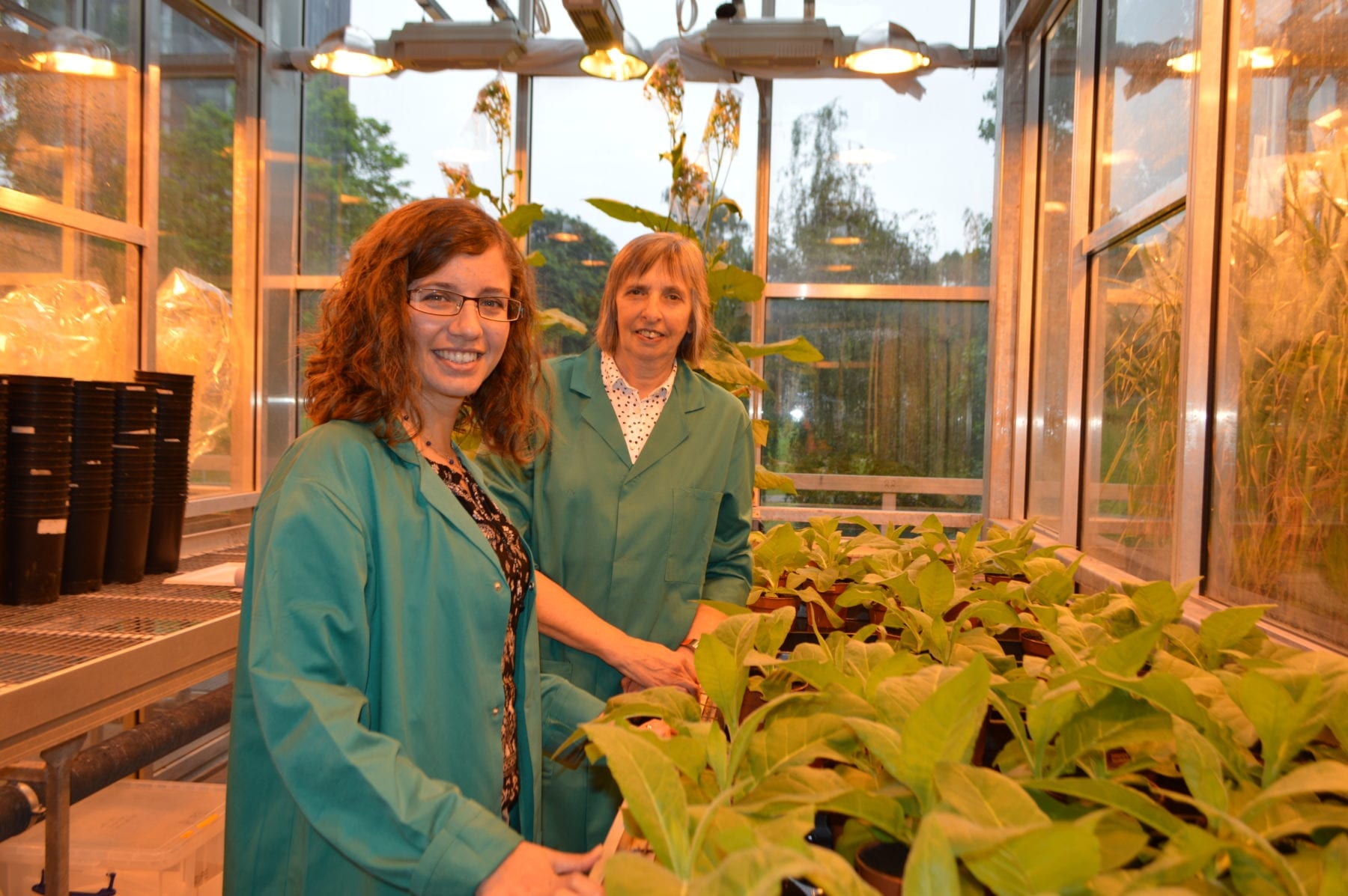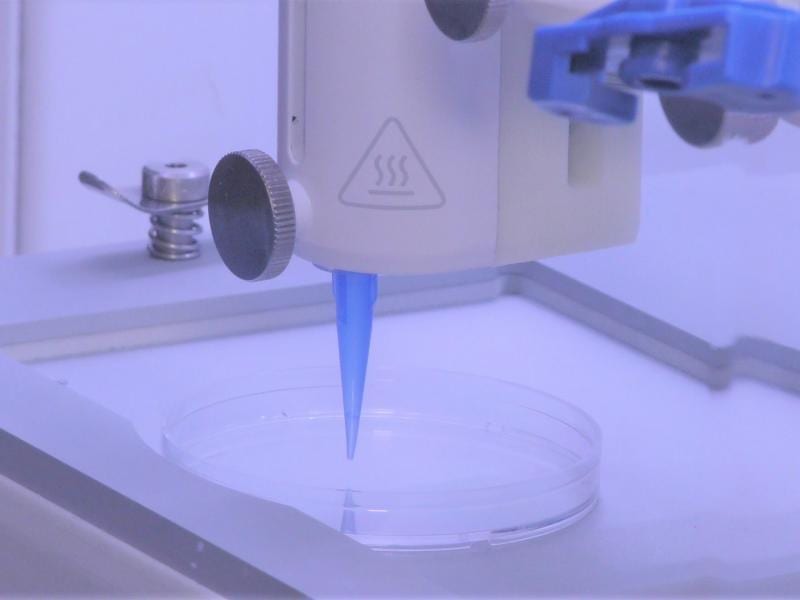
Plant scientists at Cold Spring Harbor Laboratory (CSHL) and USDA’s Agricultural Research Service (ARS), in their search for solutions to global food production challenges, have doubled the amount of grains that a sorghum plant can yield.
Sorghum, one of the world’s most important sources of food, animal feed, and biofuel, is considered a model crop for research because it has a high tolerance to drought, heat, and high-salt conditions. Increasing the grain yield has become even more important to plant breeders, farmers, and researchers as they try to address and overcome food security issues related to climate change, growing populations, and land and water shortages.
Led by Doreen Ware, CSHL Adjunct Professor and research scientist at the U.S. Department of Agriculture, and USDA colleague Zhanguo Xin, Ph.D, the research team identified novel genetic variations that occurred in sorghum’s MSD2 gene, increasing the grain yield 200 percent. MSD2 is part of a gene line that boosts flower fertility by lowering the amount of jasmonic acid, a hormone that controls the development of seeds and flowers.
“When this hormone is decreased, you have a release of development that does not normally occur,” said Nicholas Gladman, a postdoctoral fellow in Ware’s lab and first author on the study, recently published in The International Journal of Molecular Sciences. “That allows for the full formation of the female sex organs in these flowers, which then allows for increased fertility”
MSD2 is regulated by MSD1, a gene discovered by Ware’s team last year. Manipulating either gene increases seed and flower production.
“Major cereal crops are very close to each other evolutionarily. A lot of the genes that they share have similar functions,” said Yinping Jiao, a postdoctoral associate in the Ware Lab and an author on the study. “This gene that plays an important role controlling the sorghum yield may also help us improve the yield of other crops like maize or rice.”
Ware’s lab uses this type of genetic research to understand how plants have changed over time.
“These genetic analyses actually give us the molecular mechanisms that provide more opportunities to engineer crops in the future,” she said.
Learn more: Researchers double sorghum grain yield to improve food supply
The Latest on: Genetic analyses
[google_news title=”” keyword=”genetic analyses” num_posts=”10″ blurb_length=”0″ show_thumb=”left”]
via Google News
The Latest on: Genetic analyses
- Over 6 Million Americans Face Risk of Genetic Alzheimer's With 95% Strike Rateon May 9, 2024 at 2:21 am
A recent study has uncovered startling statistics about the risk of genetic Alzheimer's disease among a significant segment of the American population. The study, led by Dr. Juan Fortea from the Sant ...
- UNL contributes to the id of new genetic defects in cattleon May 9, 2024 at 2:00 am
Genetic research like the cases studied by UNL helps producers avoid matings that may result in calves that fail to thrive or have other issues detrimental to their wellbeing or productivity. As in ...
- Genetic study finds early summer fishing can have an evolutionary impact, resulting in smaller salmonon May 8, 2024 at 11:32 am
Atlantic salmon are caught by fisheries when the fish are migrating to spawn. A new study led by the University of Helsinki explored how salmon caught at different times during their spawning ...
- You're Practically Guaranteed to Get Alzheimer's If You Have This Genetic Varianton May 7, 2024 at 1:01 pm
Recent research indicates that people with two copies of the APOE4 gene are almost certain to exhibit signs of the neurological disease by their mid-60s.
- Study finds genetic link between growth during puberty and long-term health conditionson May 7, 2024 at 11:25 am
A genetic link between height growth during puberty and long-term health in adulthood has been identified by a new study from the University of Surrey and the University of Pennsylvania published in ...
- Research team develops fast-track process for genetic improvement of plant traitson May 6, 2024 at 12:10 pm
Researchers interested in improving a given trait in plants can now identify the genes that regulate the trait's expression without doing any experiments.
- 'Genetic programs' allowed the ancestor of all plants to conquer dry landon May 3, 2024 at 12:00 am
We now know just how the earliest land plants, ancient algae, conquered terrestrial Earth hundreds of millions of years ago and laid the (literal) groundwork for all subsequent life. It highlights the ...
- Study reveals over 2,000 genetic markers that affect blood pressureon May 2, 2024 at 8:30 am
The analysis of data from over one million individuals has identified more than 2,000 genetic signals associated with blood pressure.
- Researchers identify over 2,000 genetic signals linked to blood pressure in study of over 1 million peopleon April 30, 2024 at 7:11 am
Researchers led by Queen Mary University of London have discovered over a hundred new regions of the human genome, also known as genomic loci, that appear to influence a person's blood pressure. In ...
- Can Genetic Testing Reveal the Right Antidepressant?on April 27, 2024 at 6:23 am
Just as we would not rush to surgery for a swollen knee without thorough diagnostics, prescribing antidepressants without a comprehensive understanding of a patient’s genetic profile seems ...
via Bing News










